My Friends,
@Jagau, ah yes I see what was meant now, Thank You, and SonOfLuck.
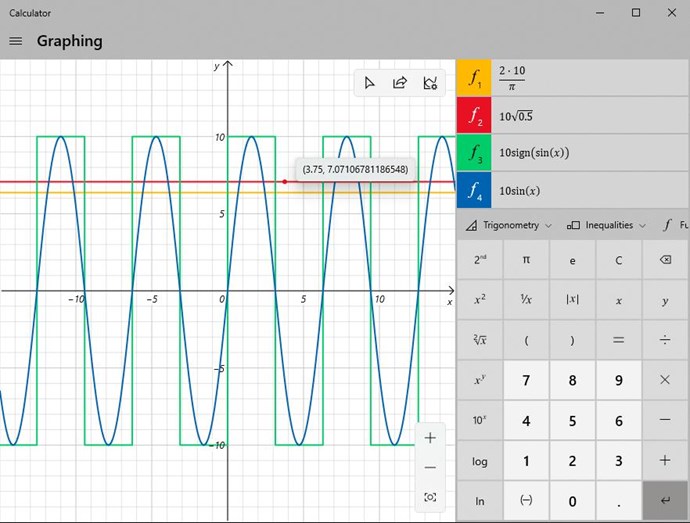
@All, as Jagau has said:
It seems misunderstood that when we are in the presence of different waveforms the way of calculation is different
Ref: Jagau's Advice for Measurement
The value: 7.0710678 volts, explained above, comes from the definition of the RMS Value on Positive going Sinusoidal Waveform measurement, or calculation:
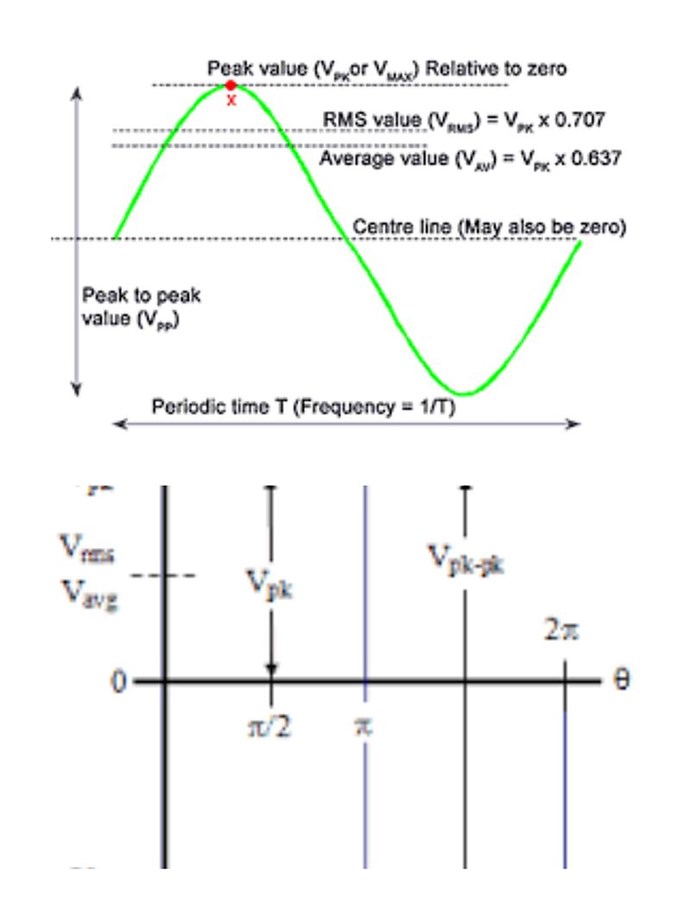
To measure the Sine wave, one takes the Peak Voltage, and multiplies by 0.707, in this case, the value of 10 Volts, given above, x 0.707 = 7.07, but with Rounding, the value is cut off, and should be: 7.0710678 volts which Jagau gave us. This means, the value of 0.707 is actually: 0.70710678, again a rounding issue is the difference.
The factor 0.707 for rms value is derived as the square root of the average (mean) of all the squares of the sine values. If we take the sine for each angle in the cycle, square each value, add all the squares, divide by the number of values added to obtain the average square, and then take the square root of this mean value, the answer is 0.707. These Calculations are shown in Table 16-2 for one alternation from 0 to 180°.
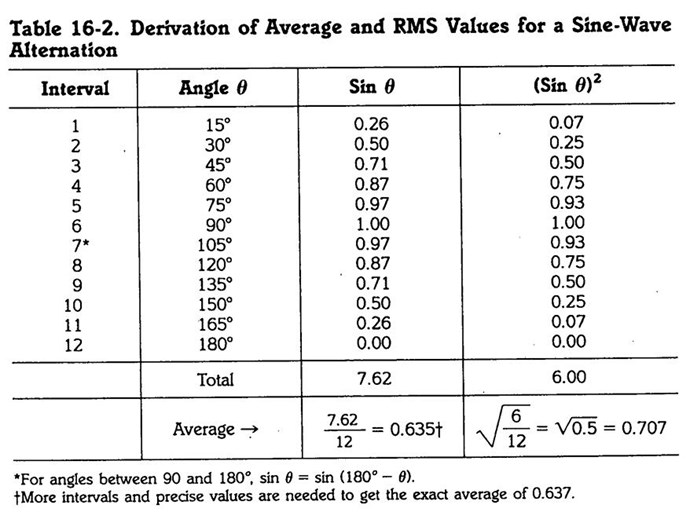
Ref: Alternating Voltage and Current.
In the above Image, you can see the difference for a Sine Wave, between Average or Mean and RMS. There is a difference of:
- RMS = 10 Volts x 0.707 = 7.07.
- Mean = 10 Volts x 0.637 = 6.37.
A reasonable difference of: ≅ 10%
The type of Waveform, and what the Waveform is doing, is important and must be realised to make accurate Measurements! This is all important stuff and even some engineers do not know some of this stuff!
Thank You Jagau and SonOfLuck, great Posts!
Best Wishes,
Chris
.jpg?width=690&upscale=false)








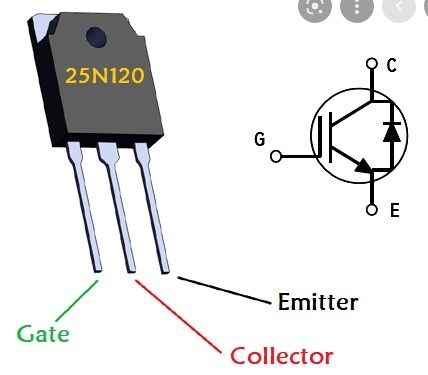
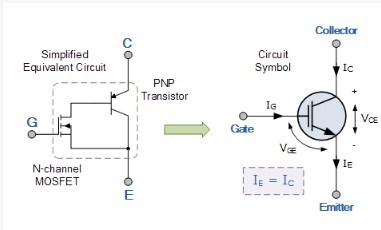

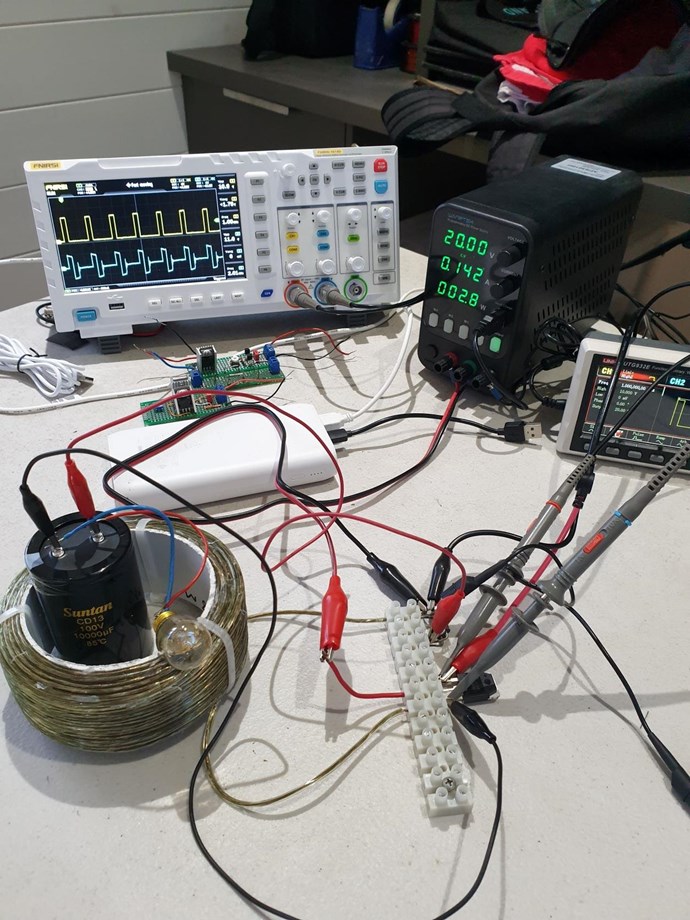
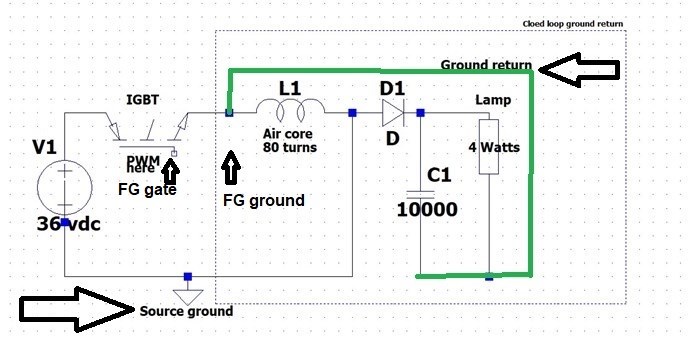
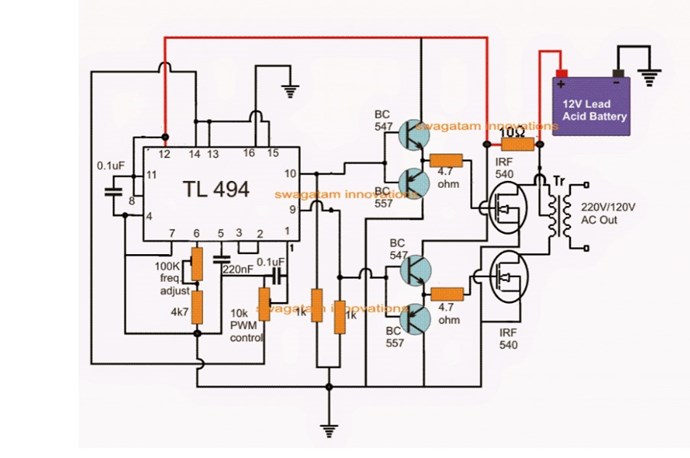
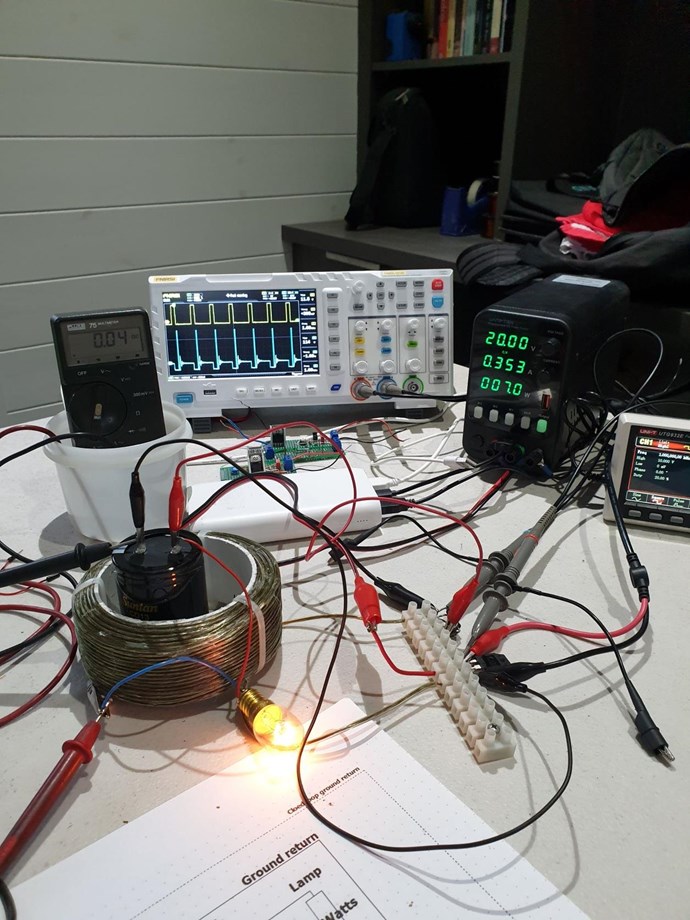
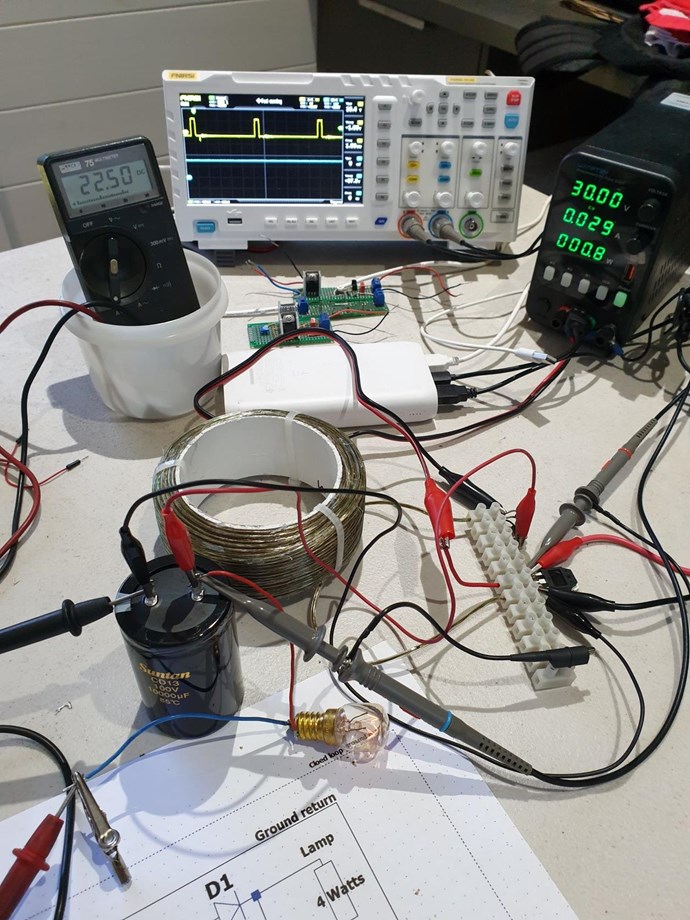

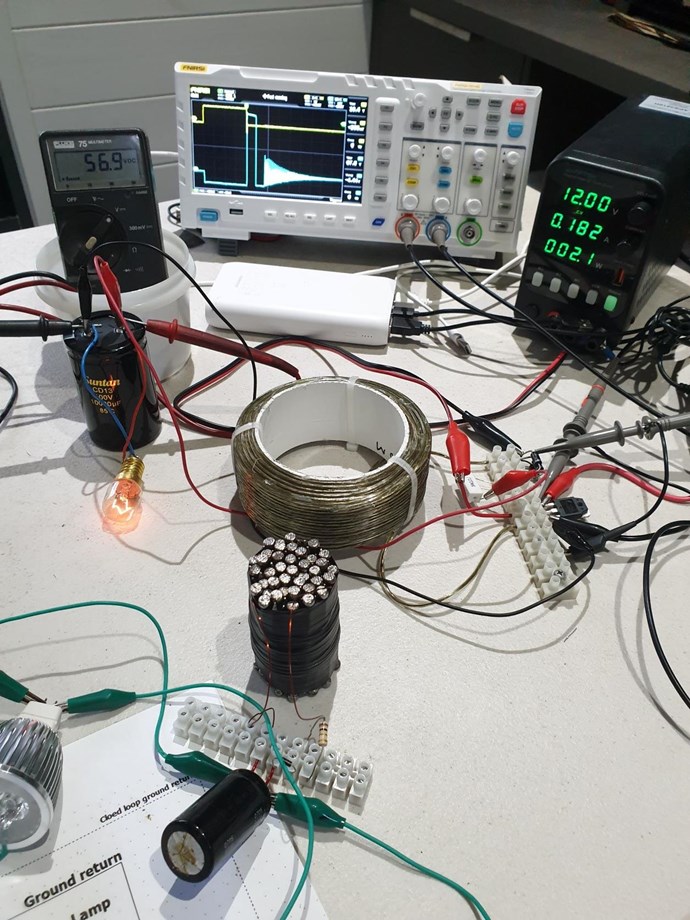
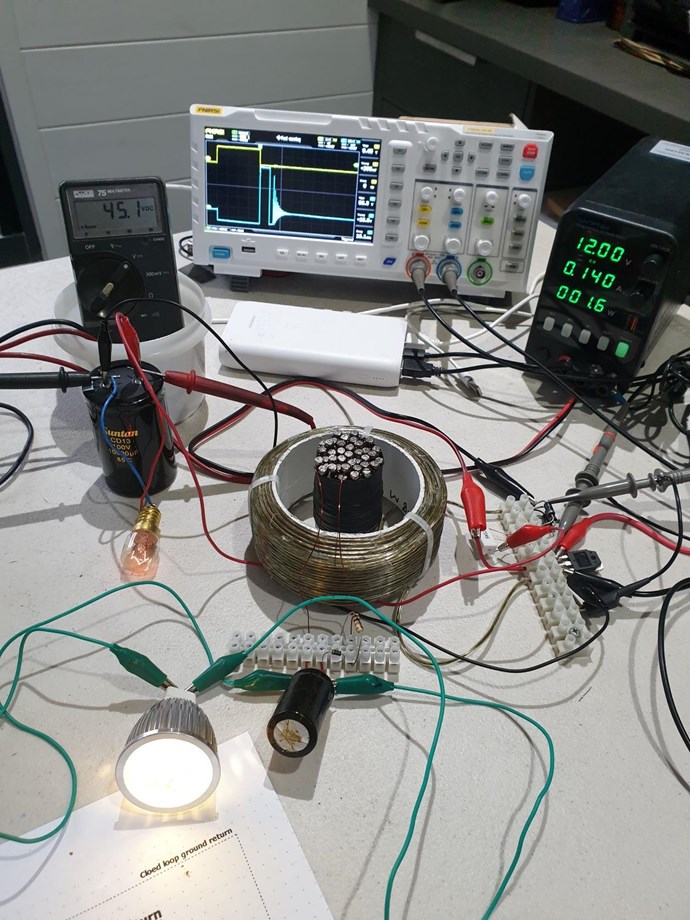

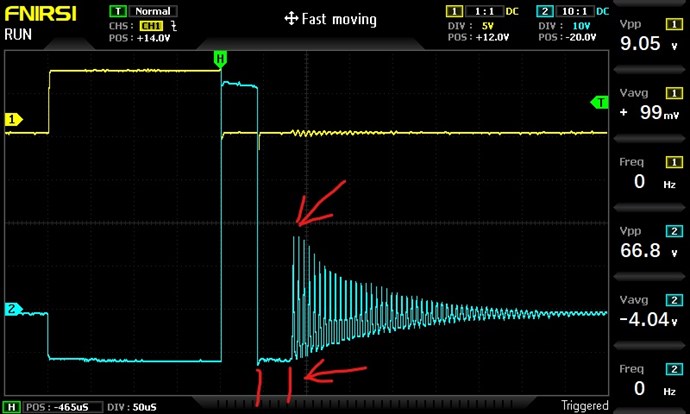
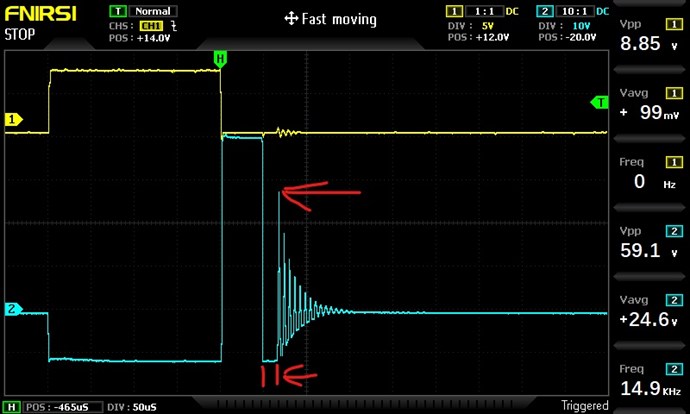


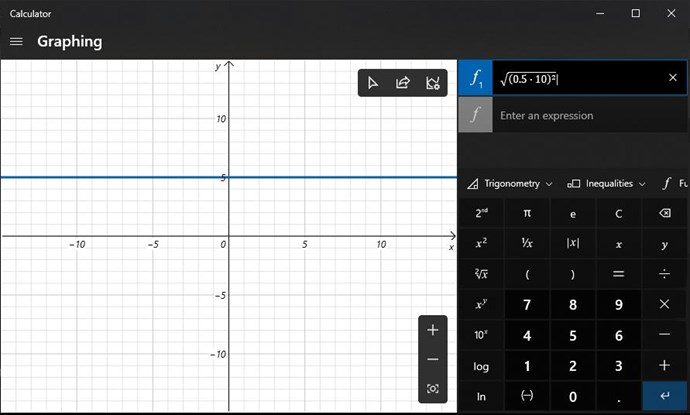

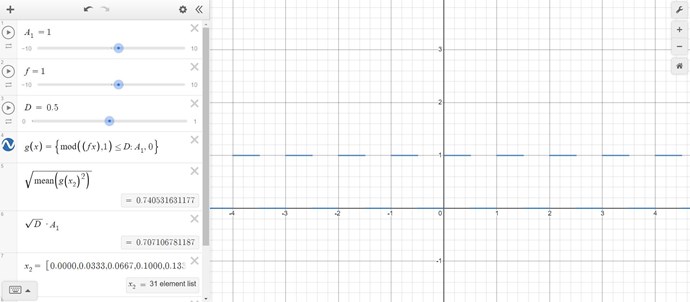
 so A = max voltage amplitude = 10 volts
so A = max voltage amplitude = 10 volts







